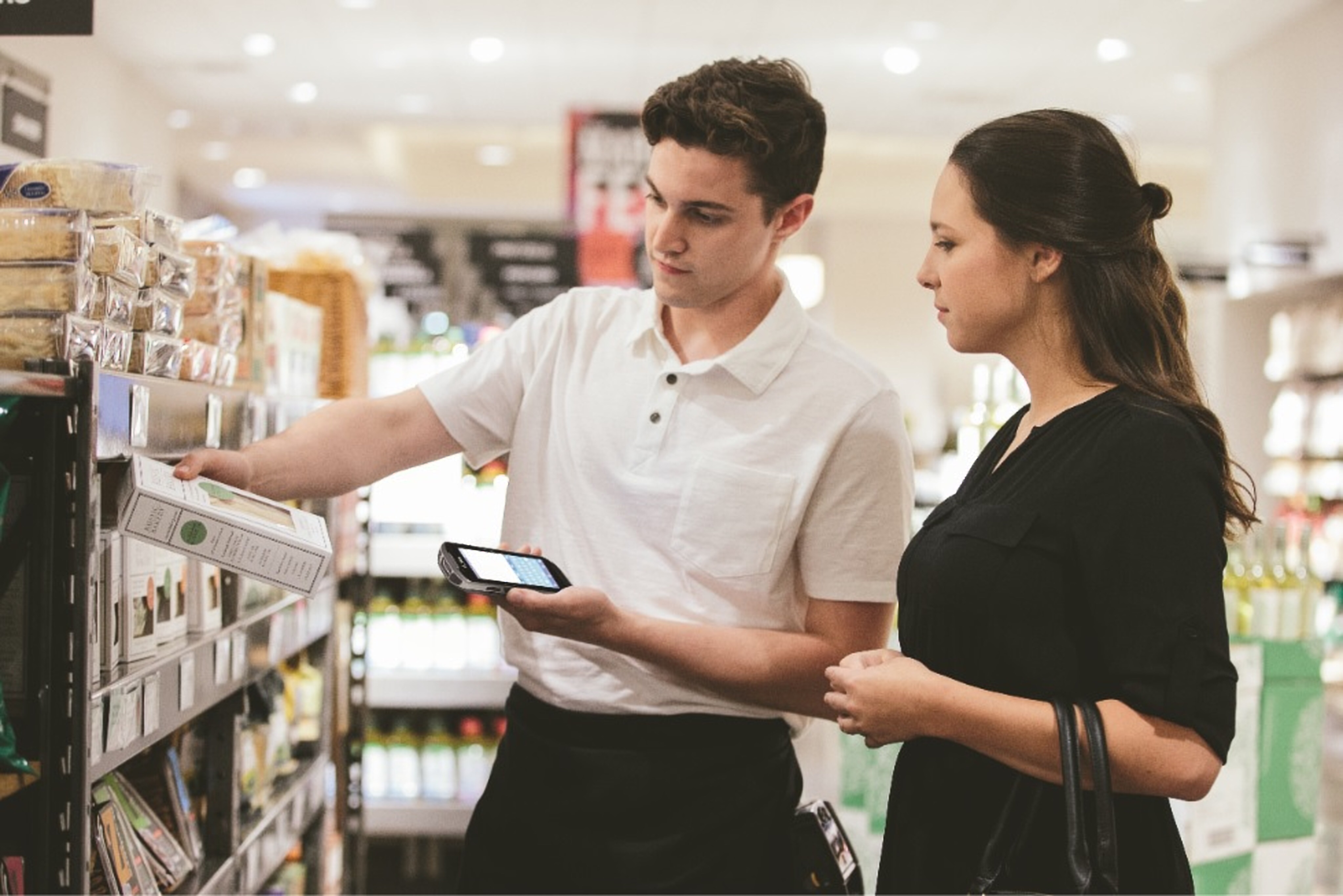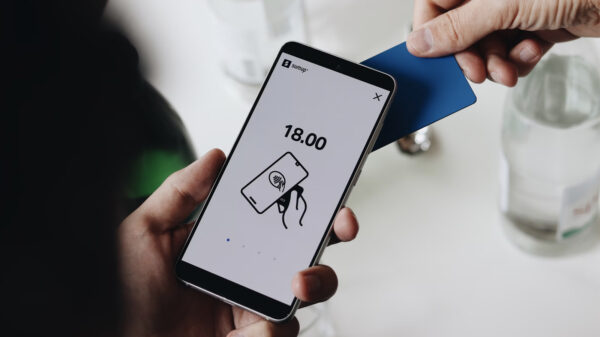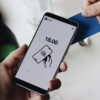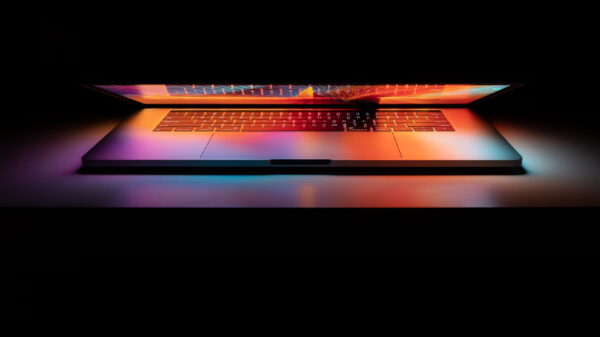By Tracy Yeo, APAC Philippines Country Lead, Zebra Technologies
The retail industry has been transforming rapidly to serve consumers across various channels seamlessly. There has been a growing number of online to offline (O2O) concept stores popping up or retailers offering order online, pickup in-store services – creating differentiated value to better position themselves with the multiple benefits of omnichannel retail. Since it was implemented in January 2018, the Tax Reform for Acceleration and Inclusion (TRAIN) Act has reduced personal income tax rates and increased the spending power of up to 99 percent of Filipinos. This noticeable increase benefited large commercial shopping centers and convenience stores.
“On-demand” shoppers, who are known for being tech-savvy and resourceful, are a tough group for retailers to reel in. Imagine this: After breezing through a well-designed store or supermarket, you find yourself stuck behind a long queue at the checkout – marring your otherwise pleasant shopping experience. This spells trouble for the retailers as shoppers may reconsider their purchases or simply walk out empty-handed, leaving the items on random shelves. Combine those habits with easy access to technology and you’re looking at the face of today’s discerning consumer.
To address the on-demand needs of today’s omnichannel shoppers, store managers need to assess the pros and cons of the in-store shopping experience and be innovative with the way they address customers’ concerns to provide them with the best positive experience. From the above scenario, it’s clear that a long checkout line or the lack of flexibility in processing payment is a pain point that retailers should eliminate to “save the sale.”
According to the recent 2019 Zebra Shopper Study, 83 percent of surveyed retail decision makers and 74 percent of store associates agree that shoppers can have a better in-store shopping experience with sales associates who are equipped with digital technology, in particular handheld mobile computers and bar-code scanners.
The mPOS solution, which consists of a handheld mobile device with various payment processing tools, enables retailers to scan items, process payments and print receipts anywhere in the store. The mPOS can take on various forms: retailers can opt for off-the-shelf solutions such as a mobile computer paired with a mobile printer or a purpose-built device that integrates a mobile computer, scanner, printer and chip reader in a single device.
Improving service by empowering frontline staff
The mPOS solution allows for more flexibility and personalization, meeting shoppers’ common expectation of getting a fast and seamless experience while helping retailers level up their digital toolkit by simplifying the checkout process brought about by elevated mobile payments and digital coupons.
First, the mPOS solution provides the flexibility needed to deliver a fast, convenient and personalized customer service experience that is enhanced by the human touch of store associates. Today, the demands of closing a sale are much greater, and mobile technologies are the answer to driving increased customer engagement and service. The mPOS solution empowers frontline associates by allowing them to control a deal from beginning to end, giving them the opportunity to build stronger relationships with customers. The increasing engagement makes the shopping experience more personal and interactive, which is important in building customer loyalty.
Reducing or eliminating checkout waiting time will meet customers’ expectations in today’s “now” economy. This brings more value for the high traffic experienced during peak shopping periods. Store associates armed with mPOS devices can be dispatched anywhere in the store, processing payment right at the point of the customer’s decision. It also adds convenience in a cashless payment era where customers are getting used to mobile and contactless payment methods, including mobile payment apps, tap (or wave) cards and near field communications (NFC) payment using their smartphones.
For example, when a retailer pairs an enterprise-grade mobile computer such as Zebra’s TC52 with a ZQ320 mobile printer, store associates can help customers check out their items anywhere in the store. They can scan bar codes effortlessly using the integrated scanners, perform contactless payment collection and print receipts wherever the customer is. This enhanced service, which serves as a queue-busting solution, will most certainly drive increased shopper satisfaction and return visits.
Second, the mPOS solution helps to potentially increase sales by providing quicker and more access to checkouts. As store associates process the payment right at the point of the customer’s decision, the loss of sales will decrease because customers won’t be walking away from long checkout lines. Furthermore, the digital footprints generated can be later transformed into customer insights. These will be consolidated into tailor-made marketing tactics to drive more sales.
Cutting the cords
Additionally, mPOS offers more flexibility to drive operational efficiencies. As the mPOS implementation does not require as many cash registers, checkout stands or even wiring, it frees up precious real estate in the store for other uses so that the retailer can maximize the value of every inch of the sales floor. For example, the retailer can gain more merchandizing area to help increase variety.
To keep up with the ever-changing trends in the fast-moving retail world, retailers need to change the store look and layout to attract attention. With wireless mPOS, they are free to redesign the sales floor without being constrained by fixed power points or layouts. This way, the retailer enjoys the flexibility to create better-designed store environments that best serve the business, thereby improving customer experience and sales at the same time.
In view of its many benefits, the mPOS technology has been gaining popularity and evolving into a fast-growing market. A study by 451 Research shows that the number of installed mPOS implementations will continue to grow globally through 2022 at a compound annual growth rate (CAGR) of 30.7 percent. According to the same study, mPOS transactions are projected to surpass $1 trillion by 2022.
In the Philippines, numerous enterprises have recognized Filipinos’ transition to a digital lifestyle. Giant convenient store chains and major department stores have started deploying contactless payment transactions to cater to tech-savvy consumers and further speed up the shift to a cashless payment ecosystem.
The retail industry in the Philippines is thriving with the rapid development in technology and omnichannel innovation. As prevailing mobile payment tools such as Globe GCash and GrabPay enjoy high acceptance among Filipino consumers, retailers are increasingly adopting the mPOS solution to optimize membership management, tailored marketing and store digitalization. Advanced mPOS solutions enable retailers to integrate online and offline operations in various use scenarios to meet their businesses’ omnichannel needs.
Choosing the right device
Interestingly, most mPOS solution options today rely on consumer-grade smartphones loaded with apps. The adoption of mPOS devices began in smaller shops, where there is a need to process payment without losing valuable counter space. Larger retailers, however, may also find that any risk of device damage, failed software upgrade or loss of battery charge could leave sales associates with disappointed customers. The total cost of ownership (TCO) or opportunity costs can add up.
It is no surprise that retailers are starting to look into enterprise-grade mPOS solutions that offer a consumer device-like interface design while meeting the durability, power and security needs of business users. With enterprise-grade features such as advanced bar-code reading and payment processing capability, these devices will enable retailers to avoid disappointing customers with inaccurate scanning or difficulties in capturing 2D bar codes on their mobile devices.
Many retailers work with systems integrators to customize their hardware to ensure that the customized solution is equipped with purpose-built bar-code scan engines that can capture bar codes on various surfaces – even if the bar codes are behind plastic wrappers or have sustained damage. This is where fast, reliable scan engines such as Zebra’s patented PRZM intelligent imaging technologies can offer faster, more reliable and more efficient scanning to improve overall customer experience.
Gaining a competitive edge by driving customer satisfaction
Today’s tech-savvy customers value more connected store environments where frontline store associates are empowered with digital devices or technology. The mPOS technology is inevitably becoming the trend as a powerful tool to level up digital transformation for retailers. The latest Zebra Shopper Study reveals that 55 percent of shoppers believe that sales associates equipped with the latest technology provide a better in-store shopping experience. The study also divulged that nearly six in 10 retailers are planning to increase their spend on handheld mobile computers by more than six percent while 21 percent plan to spend greater than 10 percent on rugged tablets over the next three years. With this forecast, the adoption of the mPOS system is likely to be faster and more visible globally.
To piece together a whole new world of retail, technologies such as mobile devices, scanners, RFID and location services are all important factors to consider in making a tailored, seamless shopping experience from product exploration to checkout.
The future will ultimately belong to the retailer who can build a well-developed digital toolkit with the best technology tools to create experiences that delight connected customers and keep them coming back.

















































































































